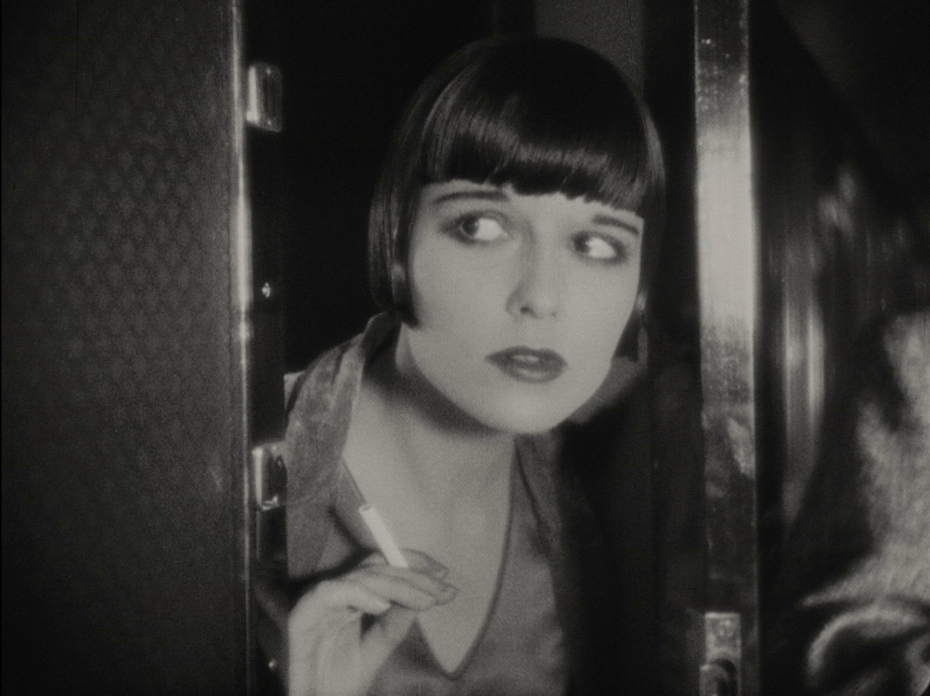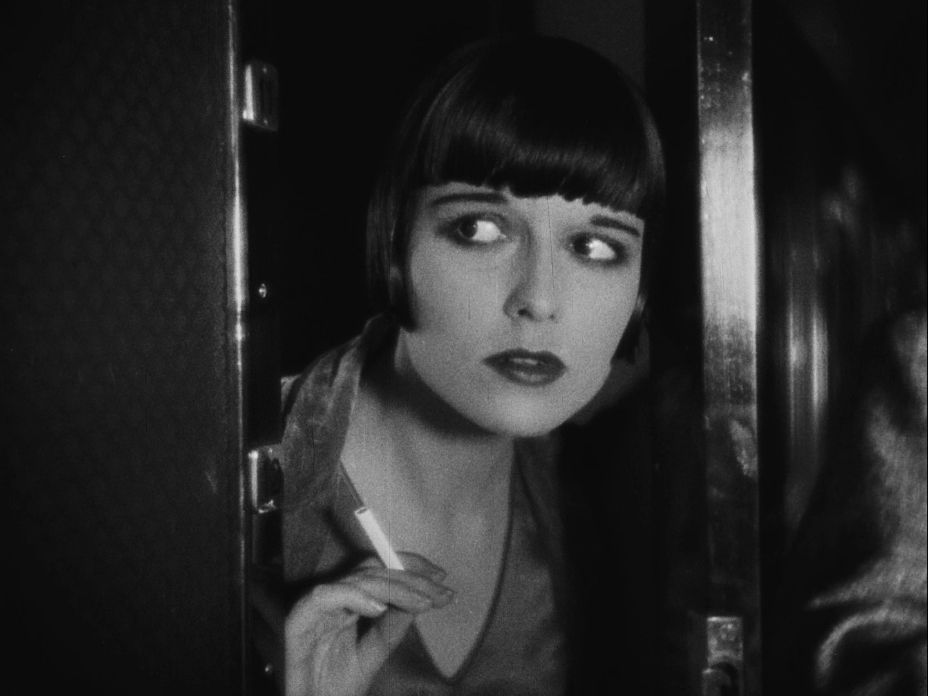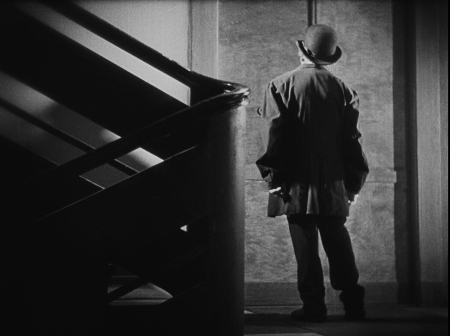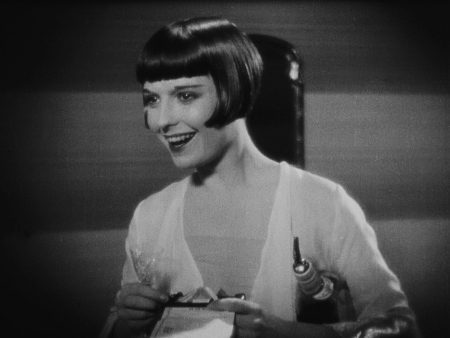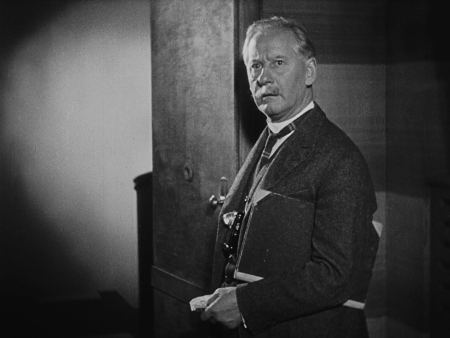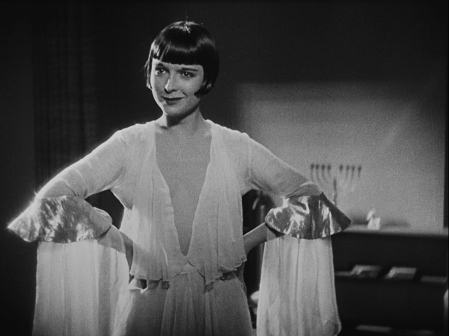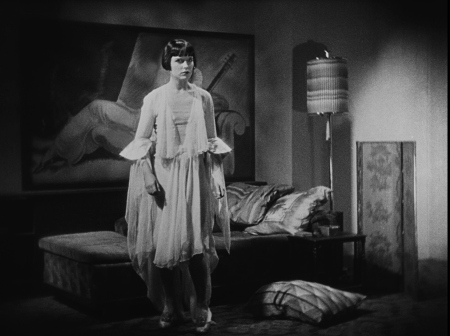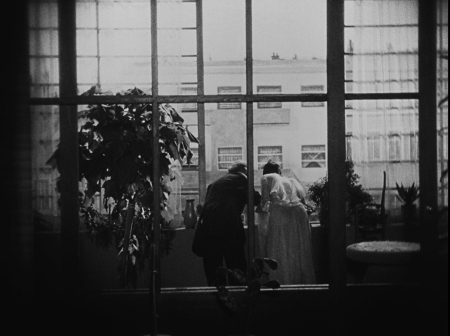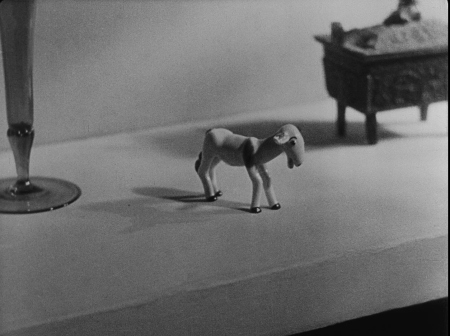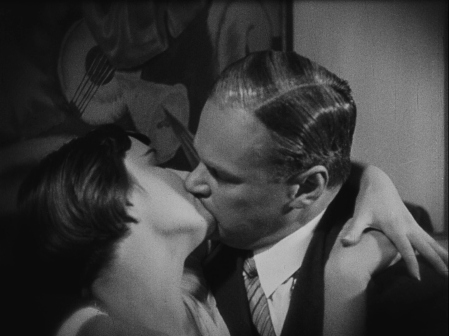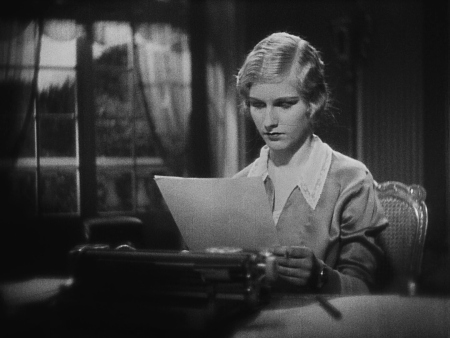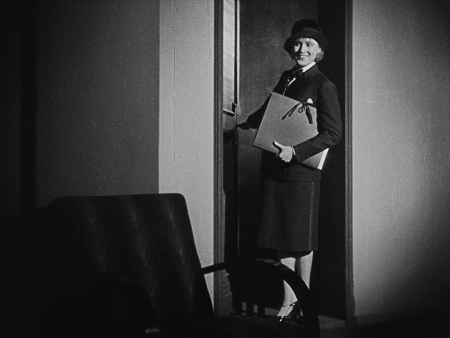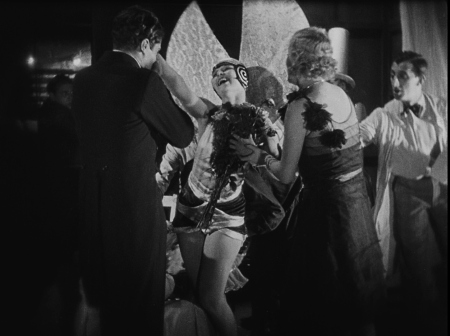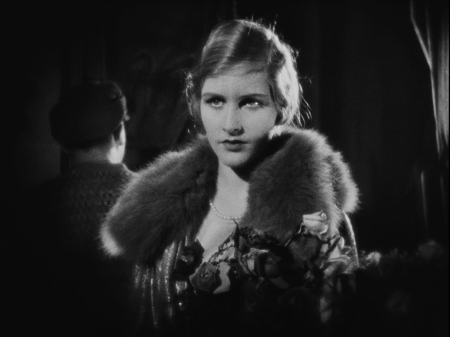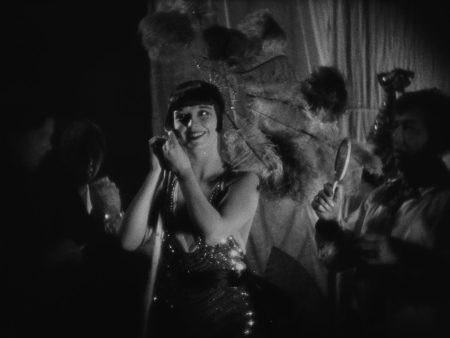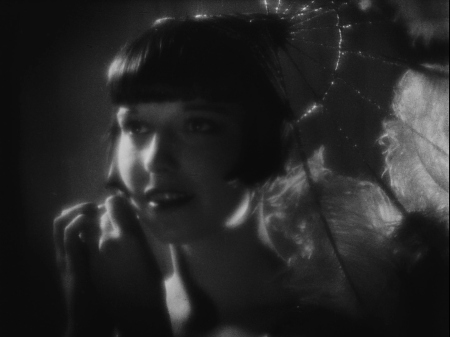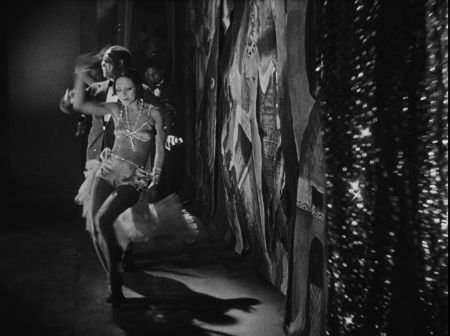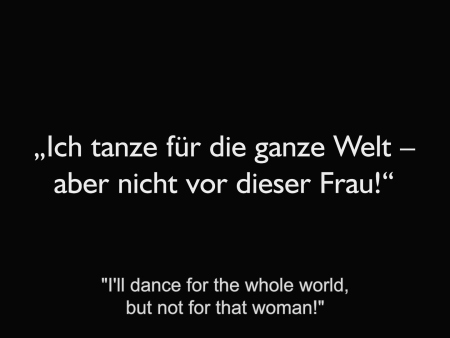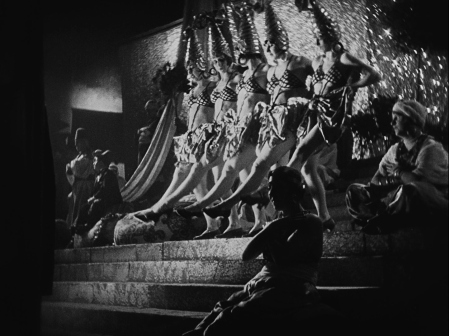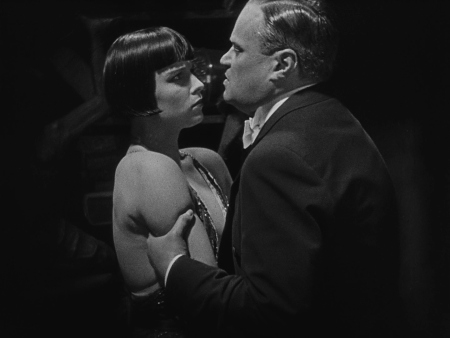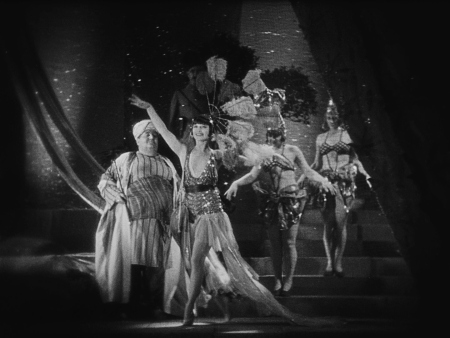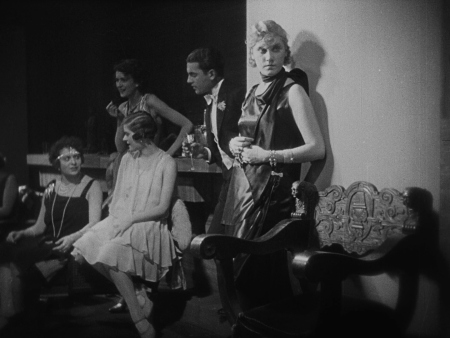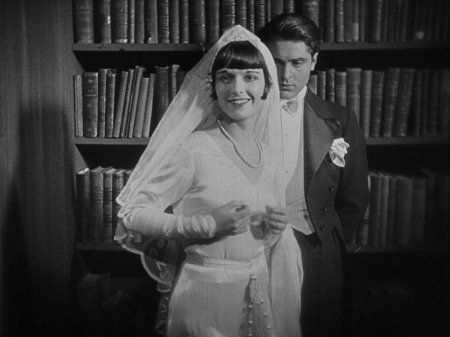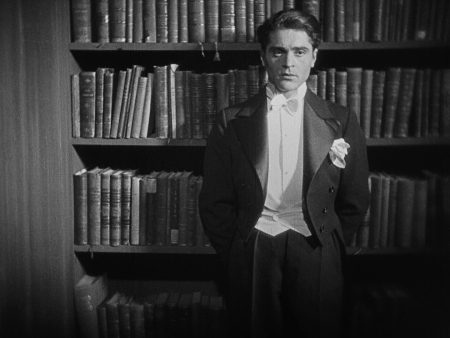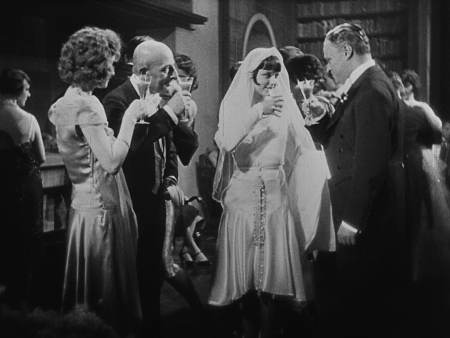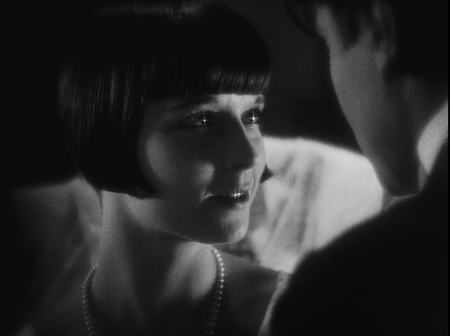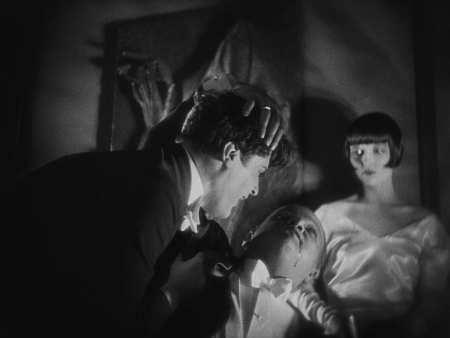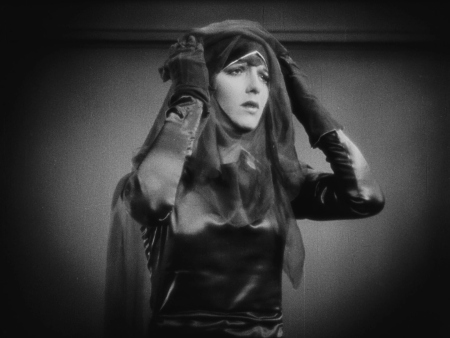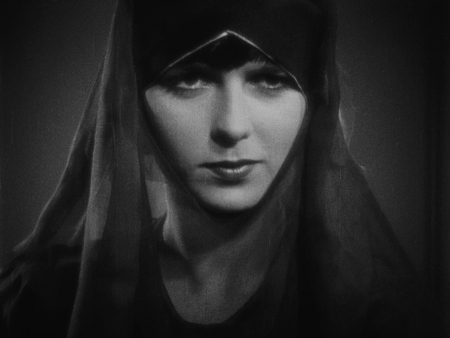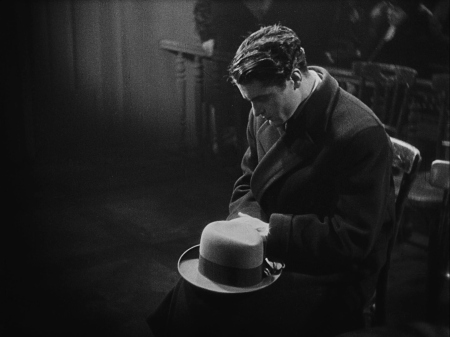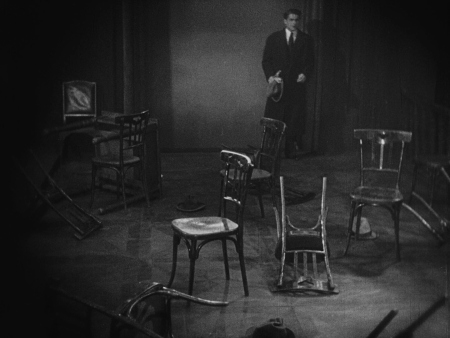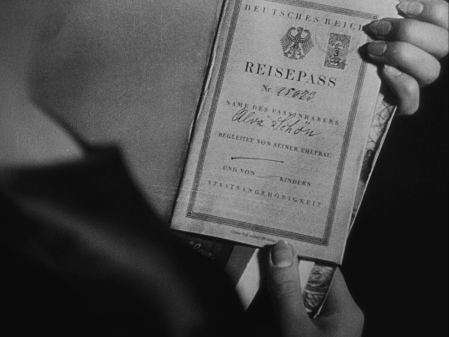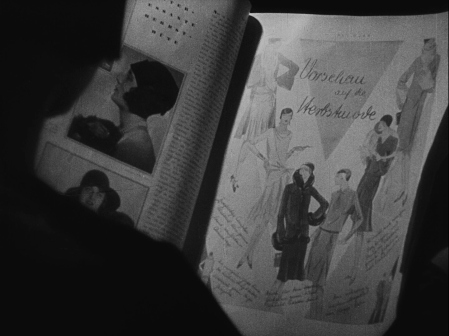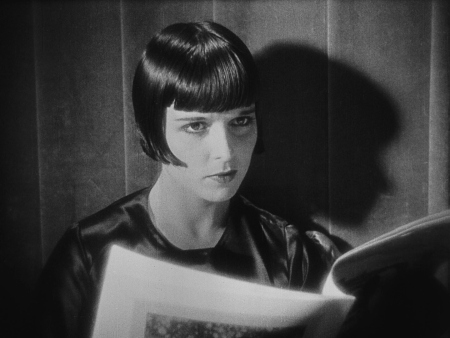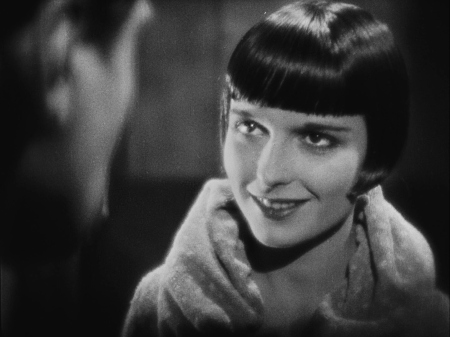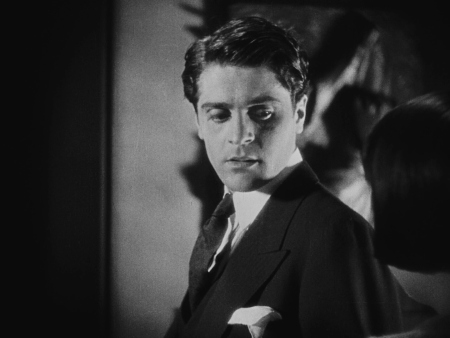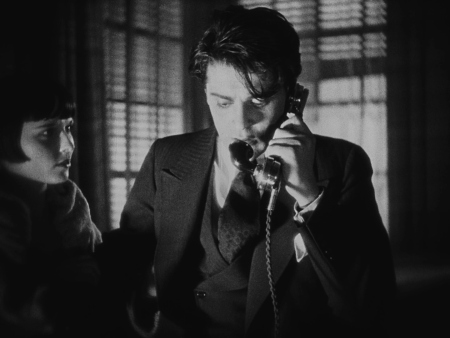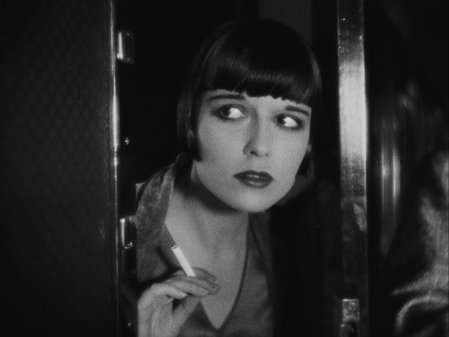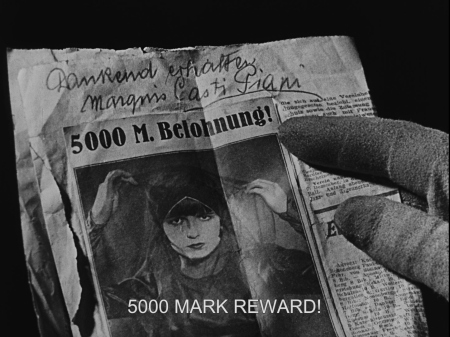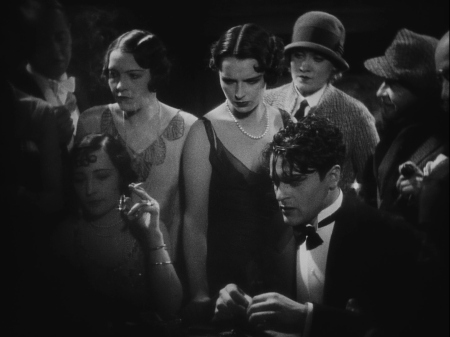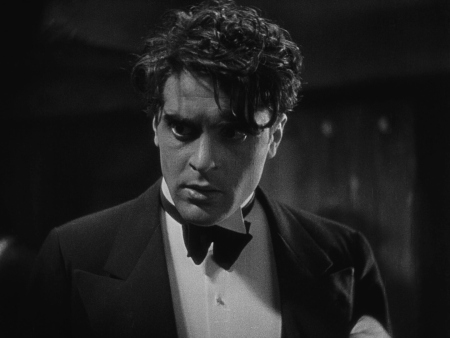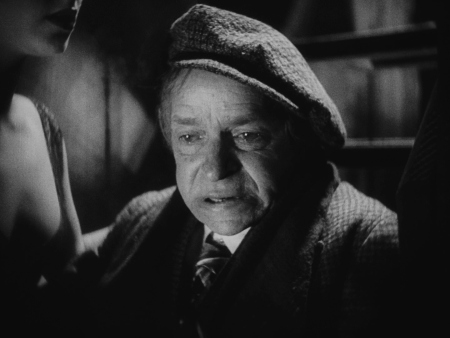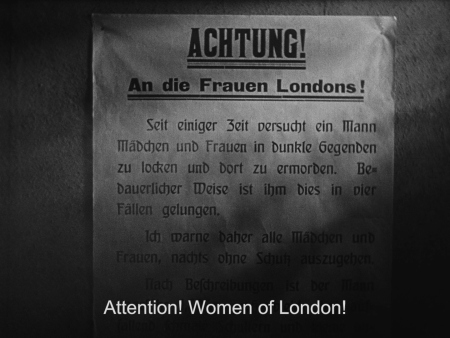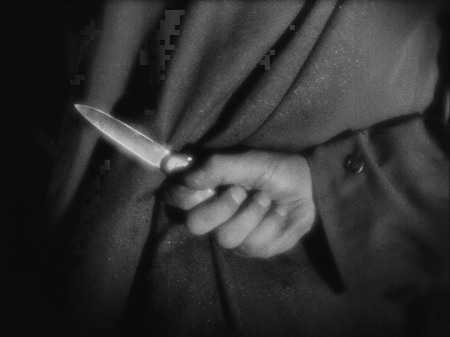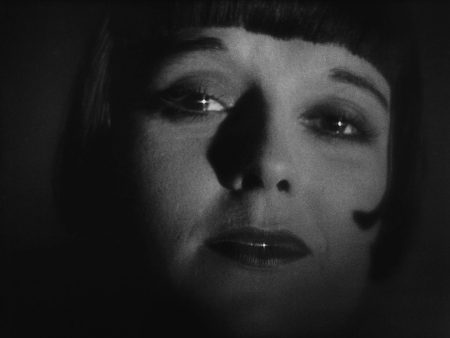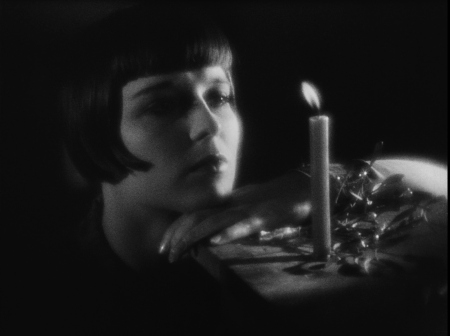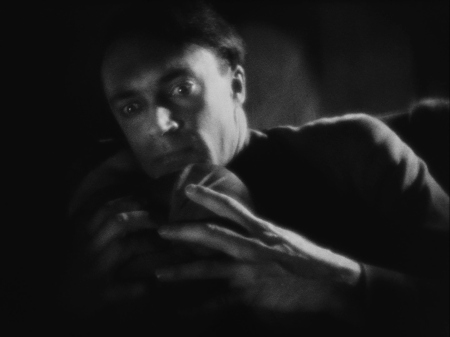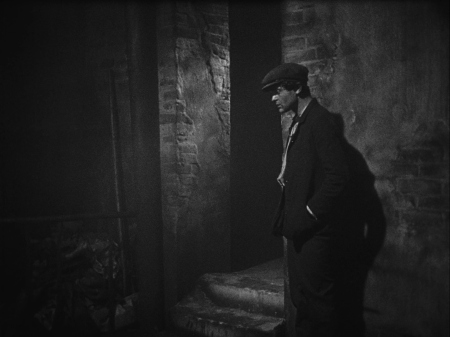|
Firstly, a massive thank you to our Patreon supporters. These supporters have become the single biggest contributing factor to the survival of DVDBeaver. Your assistance is essential to our survival.
What do Patrons receive, that you don't?
1)
Our
weekly
Newsletter
and
Calendar Updates
sent to your Inbox!
Please consider keeping us in existence with a couple of dollars or more each month (your pocket change! / a coffee!) so we can continue to do our best in giving you timely, thorough reviews, calendar updates and detailed comparisons. I am indebted to your generosity. |
![]()
![]()

![]()
![]()
|
Search DVDBeaver |
S E A R C H D V D B e a v e r |
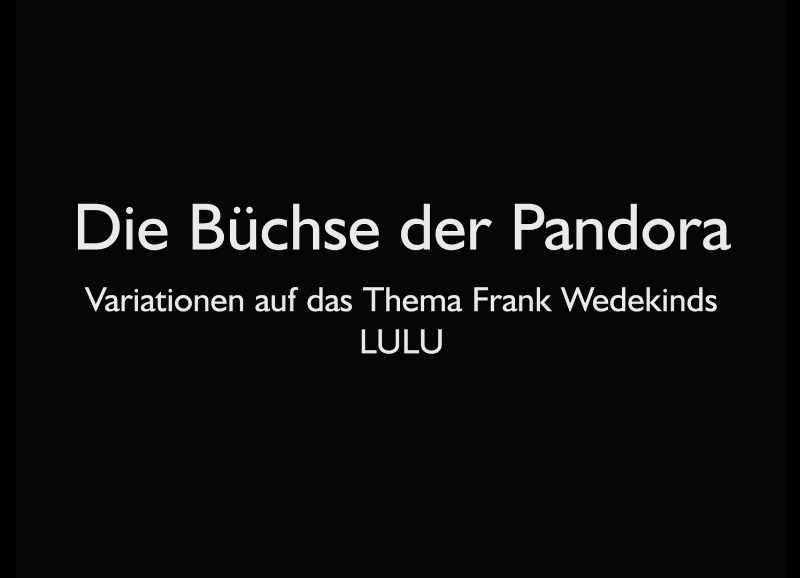
(aka "Die Büchse der Pandora" or "Lulu" or "Pandora's Box")
Directed by Georg Wilhelm Pabst
Germany 1929
|
One of the masters of early German cinema, G. W. Pabst seemed to have an innate talent for discovering actresses. And perhaps none of his female stars shone brighter than Kansas native and onetime Ziegfeld girl Louise Brooks, whose legendary persona was defined by Pabst’s lurid, controversial melodrama Pandora’s Box. Sensationally modern, the film follows the downward spiral of the fiery, brash, yet innocent showgirl Lulu, whose sexual vivacity has a devastating effect on everyone around her. Daring and stylish, Pandora’s Box is one of silent cinema’s great masterworks and a testament to Brooks’s dazzling individuality. ***
In a role intended at one point for Marlene Dietrich (The
Blue Angel), 22-year-old Louise Brooks (Diary
of a Lost Girl), with her fragile beauty and iconic dark bob hairstyle,
gives a performance, decades ahead of its time, that immortalized her as an
icon. Largely condemned and censored upon its initial release for its daring
treatment of sexuality and female desire, Brooks’ understated yet erotically
charged performance endures as among the most modern of the silent era. |
Posters
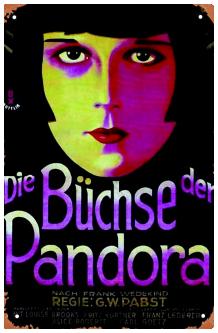 |
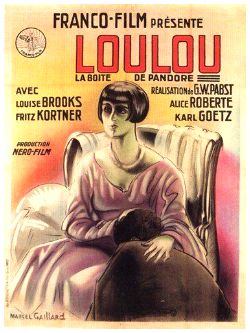 |
 |
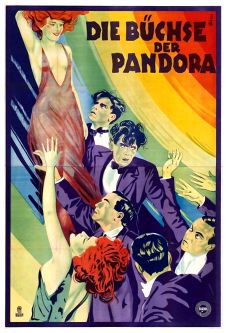 |
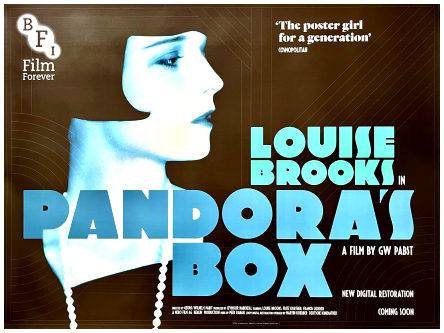 |
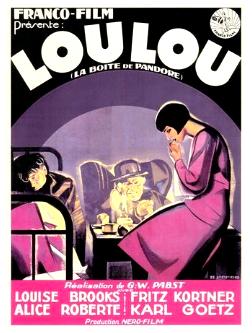 |
 |
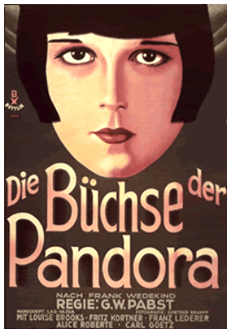 |
 |
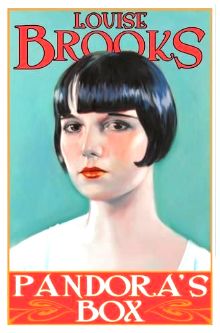 |
 |
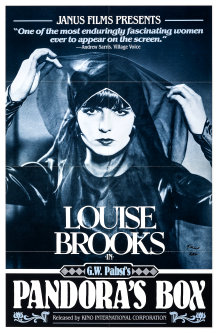 |
Theatrical Release: February 9th, 1929
Reviews More Reviews DVD Reviews
Comparison:
Masters of Cinema - Region 'B' - Blu-ray vs. Criterion - Region 'A' - Blu-ray
| Box Cover |
|
|
|
Re-issued on Blu-ray by BFI in September 2024: Bonus Captures: |
Bonus Captures:
|
|
| Distribution | Masters of Cinema Spine #280 - Region 'B' - Blu-ray | Criterion Spine #358 - Region 'A' - Blu-ray |
| Runtime | 2:14:26.232 | 2:21:09.627 |
| Video |
1. 33:1 1080P Dual-layered Blu-rayDisc Size: 47,525,361,037 bytesFeature: 39,676,606,848 bytes Video Bitrate: 3 4.91 MbpsCodec: MPEG-4 AVC Video |
1. 33:1 1080P Dual-layered Blu-rayDisc Size: 49,445,962,198 bytesFeature: 38,038,431,744 bytesVideo Bitrate: 23.43 MbpsCodec: MPEG-4 AVC Video |
|
NOTE: The Vertical axis represents the bits transferred per second. The Horizontal is the time in minutes. |
||
| Bitrate Masters of Cinema Blu-ray: |
|
|
| Bitrate Criterion Blu-ray: |
|
|
| Audio |
LPCM Audio 2304
kbps 2.0 / 48 kHz / 2304 kbps / 24-bit Dolby Digital Audio English 320 kbps 2.0 / 48 kHz / 320 kbps / DN -31dB |
DTS-HD Master Audio German 3941 kbps 5.1 / 48 kHz / 3941 kbps / 24-bit (DTS
Core: 5.1 / 48 kHz / 1509 kbps / 24-bit) Commentary: |
| Subtitles | English, None | English, None |
| Features |
Release Information: Studio: Masters of Cinema
1. 33:1 1080P Dual-layered Blu-rayDisc Size: 47,525,361,037 bytesFeature: 39,676,606,848 bytes Video Bitrate: 3 4.91 MbpsCodec: MPEG-4 AVC Video
Edition Details: • New audio commentary by critic Pamela Hutchinson • New visual appreciation by author and critic Kat Ellinger (20:34) • New video essay by David Cairns (18:34) • New video essay by Fiona Watson (19:34) • Restoring Pandora's Box with Martin Koerber (8:24) PLUS: A 60-PAGE BOOK featuring new writing on the film by critics Alexandra Heller Nicholas, Imogen Sara Smith, and Richard Combs; alongside archival stills and imagery
Transparent Blu-ray Case inside hardbound case Chapters 17 |
Release Information: Studio: Criterion
1. 33:1 1080P Dual-layered Blu-rayDisc Size: 49,445,962,198 bytesFeature: 38,038,431,744 bytesVideo Bitrate: 23.43 MbpsCodec: MPEG-4 AVC Video
Edition Details: • Four musical scores, by Gillian Anderson, Dimitar Pentchev, Peer Raben, and Stéphan Oliva • Audio commentary by film scholars Thomas Elsaesser and Mary Ann Doane Louise Brooks: Looking for Lulu (1998), a documentary by Hugh Munro Neely (59:49) • Lulu in Berlin (1971), a rare interview with actor Louise Brooks, by Richard Leacock and Susan Steinberg Woll (48:12) • Interviews with Leacock and Michael Pabst, director G. W. Pabst’s son (34:26) • New trailer (1:23) PLUS: An essay by critic J. Hoberman, notes on the scores, Kenneth Tynan’s 1979 “The Girl in the Black Helmet,” and an article by Brooks on her relationship with Pabst
Transparent Blu-ray Case with book (see below) Chapters 16 |
| Comments: |
NOTE:
The below
Blu-ray
captures were taken directly from the
Blu-ray
disc.
Opening screens are different (slightly different
translations +) and are in English:
"Pandora's Box premiered in Berlin on February 9, 1929. It was not a
success at the time and only earned acclaim in the 1950s with the
reemergence of actor Louise Brooks, whose films were championed by ardent
admirers such as Henri Langlois of the Cinémathèque française and James Card
of the George Eastman Museum.
Through a combination of these three elements, it has been possible to
restore the continuity of Pabst's famously fluid editing by filling in the
gaps where frames or scenes were missing. Compositing tools were used to
match grading, image position, and photographic characteristics among the
different versions to the best ability of modern technology. Still, some
damage and traces of time remain.
NOTE: We have added 64 more large
resolution Blu-ray captures
(in lossless PNG format) for DVDBeaver Patrons HERE
There are some subtle, and not-so-subtle, differences between
the 2024 Criterion
Blu-ray
and the 2023 Masters of Cinema. Firstly the image; Criterion have done their
magic and the contrast is back to being far more black + white. No 'sfumato'
appearance as found on the Masters of Cinema from last year. This is quite
an improvement.
Two other things:
1) Alice Roberte name continues to be misspelled Alice
Roberts in the opening credits:
(CLICK BOTH to
ENLARGE)
2) The 'missing coins' have returned on the Criterion
Blu-ray
(they were removed by the digital clean-up as transferred on the Masters of
Cinema
Blu-ray):
Another is the running time. The Criterion is about 6.5
minutes longer. Even excluding the restoration text screens (also on the
Masters of Cinema) this is probably a frame-rate disparity. Perhaps the
Criterion is running it at the restoration-suggested twenty-frames per
second and the MoC was at twenty-four. I will investigate this further.
Also of significance is that Criterion have included the four
optional scores as on their 2006
2-disc DVD: These are
the exquisite orchestral score by Peer Raben (Fassbinder's
Berlin Alexanderplatz
Despair, plus
Tenderness of the Wolves,
The Marriage of Maria Braun,
In a Year with 13 Moons) but in 5.1 surround. They also add
options (in lossless stereo) for scores by conductor and musicologist
Gillian Anderson, award-winning composer and pianist Dimitar Pentchev, and
French jazz pianist and composer Stéphan Oliva. A wealth of riches. The
scores (a Weimar Republic-era Cabaret approximation, modern and piano
improvisation) add different tones and mood shifts to the viewing so every
presentation adds another layer. Criterion have German Intertitles with
optional English subtitles on their Region 'A'-locked
Blu-ray.
The commentary by Thomas Elsaesser (Fassbinder's
Germany: History, Identity, Subject) and Mary Ann Doane (Femmes
Fatales: Feminism, Film Theory, Psychoanalysis) is repeated from the
DVD package - sharing significant information in a matter-of-fact manner.
They work perfectly together although rarely comment on the same segment.
When they do they support each other with salient comments. Elsaesser
discusses the relationship between literature and the cinema. Doane shares
some of her expert knowledge of Louise Brooks and the narrative. Repeated
from the older DVD set are the 60-minute documentary by Hugh Munro Neeley
entitled Louise Brooks: Looking for Lulu (1998). It is in 5 sections:
"Lulu in Toe Shoes"; "Lulu in Hollywood"; "Lulu in Berlin";
"Lulu in Hell"; and "Resurrection". Narrated by Shirley
MacLaine and featuring numerous interviews with friends and relatives of the
legendary star including Dana Delany, Roddy McDowall, Roseanna Brooks etc. -
it also contains excerpts from many of her films including her first
on-screen appearance. There is also the rare, 48-minute interview with
Louise Brooks by documentarian Richard Leacock (The
Feeling of Being There - A Filmmaker's Memoir) and Susan Steinberg
Woll from 1971. Further interviews are included with with Leacock, about
Brooks, and Michael Pabst the director's son. There is a substantial A
98-page book with photos and featuring Kenneth Tynan's (Profiles)
1979 essay "The Girl in the Black Helmet," an article by Louise
Brooks on her relationship with Pabst, and a new essay by critic J. Hoberman
(The Dream Life:
Movies, Media, And The Mythology Of The Sixties.)
Georg Wilhelm Pabst's Pandora's Box
is a Weimar German cinema masterwork - although in the director's
'New Objectivity' period - a counter to expressionism. In 1921 there was an earlier
screen adaptation of Pandora's Box by Arzén von Cserépy with
Danish star
Asta
Nielsen in the role of Lulu. With her bangs like a shiny black helmet
Louise Brooks projects a pure, almost innocently exotic, sexuality,
devoid of pretense. Her playful dancing helped convey her
character's naturalistic sensibilities. There was no one like her
onscreen. Timeless. It made her the stuff of cinema
legend. The interest in Pandora's Box runs from a seamless
spectrum from prostitution and
lesbianism to the terror of Jack the Ripper. It is easily one of the
classics of Weimar Germany's cinema, along with
The Cabinet of Dr. Caligari,
Metropolis,
The Last Laugh, and
The Blue Angel. The Criterion Blu-ray
with improved transfer, expert commentary, documentary, interviews and booklet is a
must-own - worthy of a double-dip even without new supplements. It,
undoubtedly, will receive end of year ballots in our poll. A huge keeper for
me.
***
Opening screens, in German with optional English subtitles, inform us: "The editing of the film was funded as part of the digitization campaign of the Federal Government Commissioner for Culture and Media based on a resolution by the German Bundestag. Pandora's Box premiered in Berlin on February 9th, 1929 and was not a huge success at the time. The film only became famous after Louise Brooks was rediscovered in the 1950s by her admirers Henri Langlois of the cinémathèque francaise and James Card of the George Eastman House. As far as is known, neither the original negative nor a copy from the time it was made has survived. The only copies available today are from the 1950s and 1960s, made from heavily damaged material. The only way to show Pabst's images back to anything close to their original beauty was digital editing. For this purpose, we were given the three versions of the film that have survived - a duplicate negative made in 1952 from the cinémathèque francaise, a recopy from 1970 by Gosfilmofond of Russia, and the 1964 copy from the Närodni Filmovj, archive in Prague - from the aforementioned archives and the Cineteca di Bologna made accessible. By combining these three materials, it was possible to recreate the image sequence of Pabst's famous flowing montage and to reinstate missing image frames and scenes as much as possible. With the help of digital image processing, an attempt was made to bring the photographic characteristics of the various materials closer together in such a way that a coherent overall impression was created. However, some damage and traces of time had to remain in the material as they were currently uncorrectable. New 35mm backup negatives and copies were made from the restored version and a digital cinema version was created. The montage follows very closely the working copy that Enno Patalas made in the Munich Film Museum in the 1980s. The text of the intertitles comes from a list that Gero Gandert was able to find in Riksarkivet, Sweden. Recommended demonstration speed: 20 fps." We compared the Criterion and Second Sight DVDs in 2006, HERE. The 1080P, with approaching 5 X the bitrate of the Criterion SD transfer, image look somewhat sepia, with almost muddied contrast beside the previous DVDs. I got used to this, almost, 'sfumato' appearance. I don't know if this is more correct but the higher resolution does wonders for the film's textures. Despite the restoration, there remain patches of wear, light damage and inconsistencies. I enjoyed my HD presentation very much. NOTE: My buddy David sent me this quote from the Nitrateville Forum of an error:
"The mistake: When Lulu stuffs some money into the meter
reader's hand, he is so distracted that he lets two coins drop onto the
carpet and doesn't even realize it. The digital clean-up software registered
those two falling coins as defects and erased them. So we do not see
anything fall out of his hand. and another:
"Eureka/MoC merely licensed the restoration and would not
be able to make corrections. They got what they paid for and that was the
end of that. I did alert Martin Koerber, though. Whether he and his
colleagues might be in a position to correct this fault in future releases,
I do not know. The master file would include the raw scan and so it would be
easy enough to bring the coins back in, but would there ever be an
opportunity? By the way, I once sat in on a review session at Paramount, and
so I saw how tricky it is to outwit the software, especially in a film with
which the technicians are not intimately familiar.
NOTE: We have added 58 more large
resolution Blu-ray captures
(in lossless PNG format) for DVDBeaver Patrons HERE
On their
Blu-ray,
Masters of Cinema use a linear PCM 2.0 channel track (24-bit) for Pandora's Box
supporting the exquisite orchestral score by Peer Raben
Fassbinder's
Berlin Alexanderplatz
Despair, plus
Tenderness of the Wolves,
The Marriage of Maria Braun,
In a Year with 13 Moons.)
It supports the film so well and sounds crisp via the uncompressed transfer.
Exceptional. Masters of Cinema have German Intertitles with optional English
subtitles on their Region 'B'
Blu-ray.
The Masters of Cinema
Blu-ray
|
Criterion Package
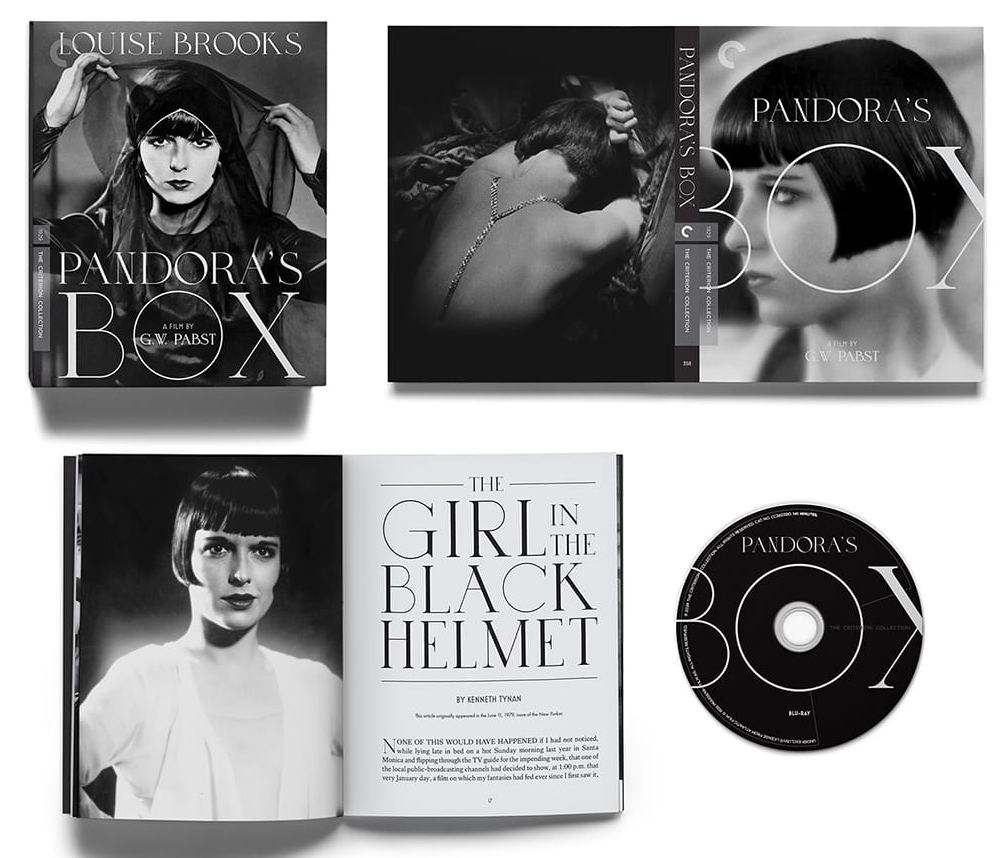 |
Menus / Extras
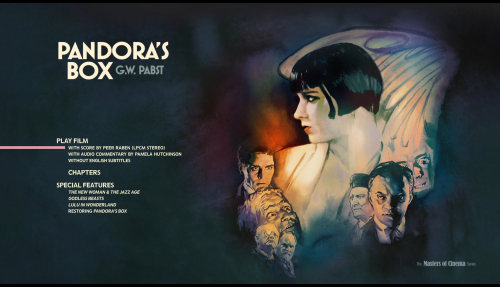 |
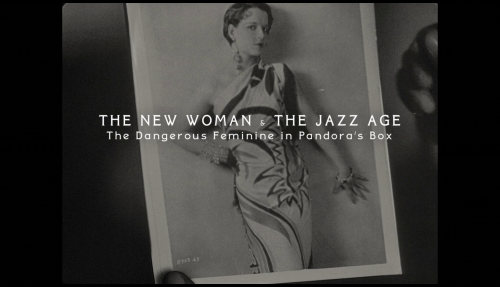 |
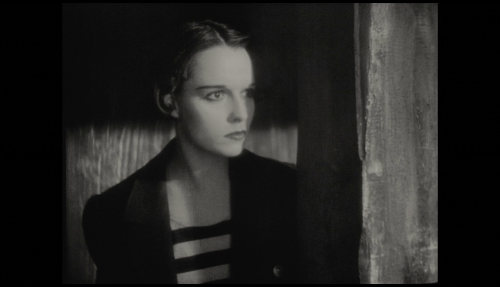 |
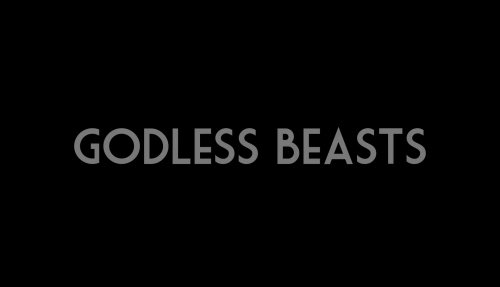 |
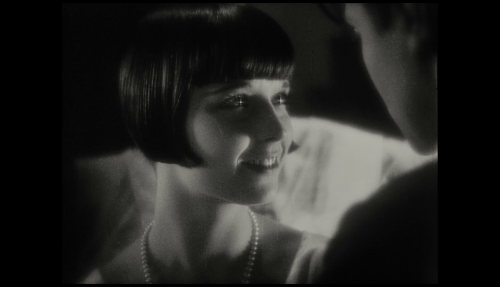 |
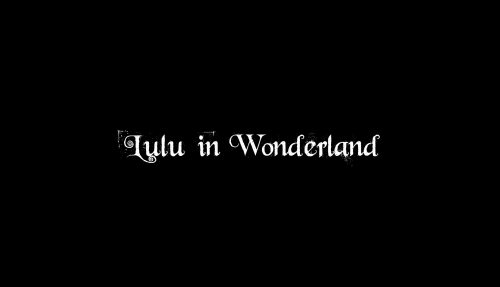 |
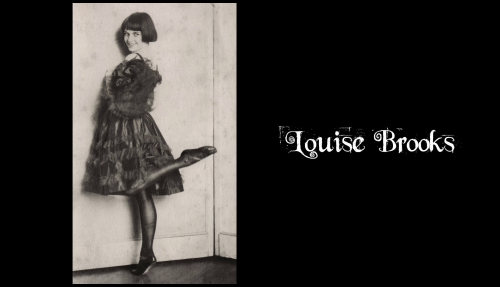 |
 |
 |
Criterion - Region 'A' - Blu-ray
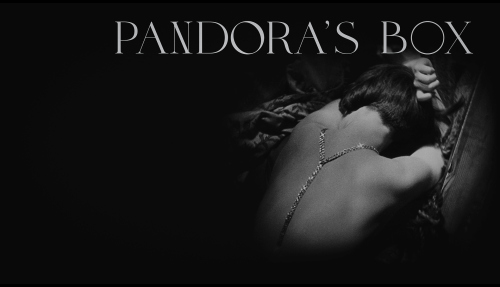 |
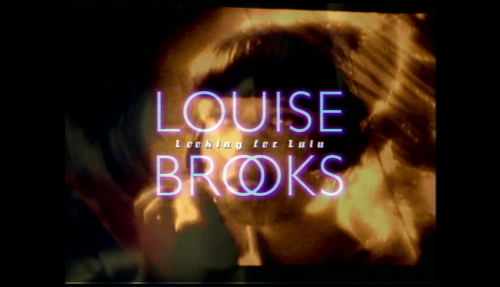 |
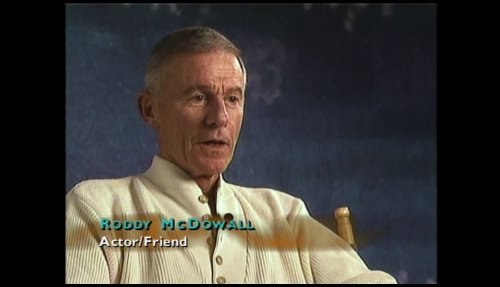 |
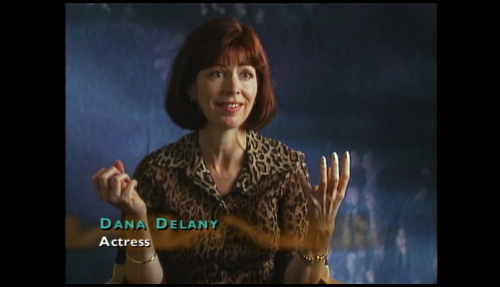 |
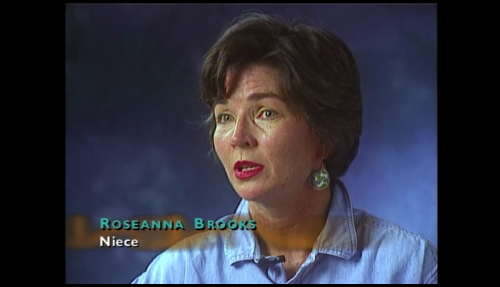 |
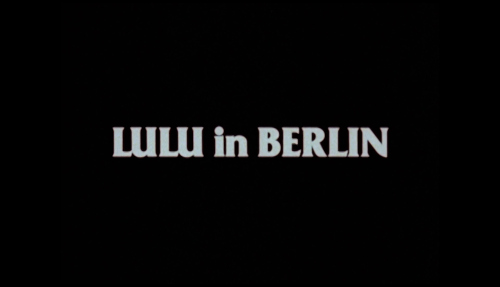 |
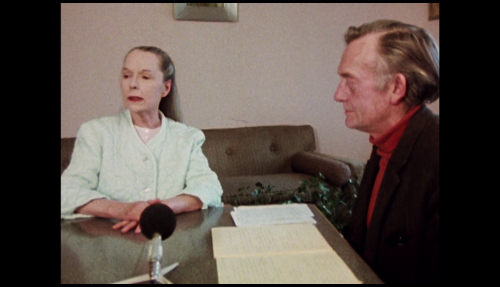 |
 |
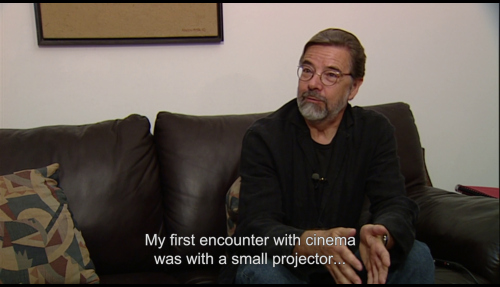 |
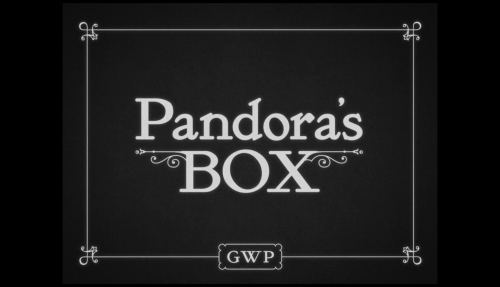 |
CLICK EACH BLU-RAY CAPTURE TO SEE ALL IMAGES IN FULL 1920X1080 RESOLUTION
|
1) Criterion (2-disc) - Region 1 - NTSC TOP2) Masters of Cinema - Region 'B' - Blu-ray MIDDLE 3) Criterion - Region 'A' - Blu-ray BOTTOM |
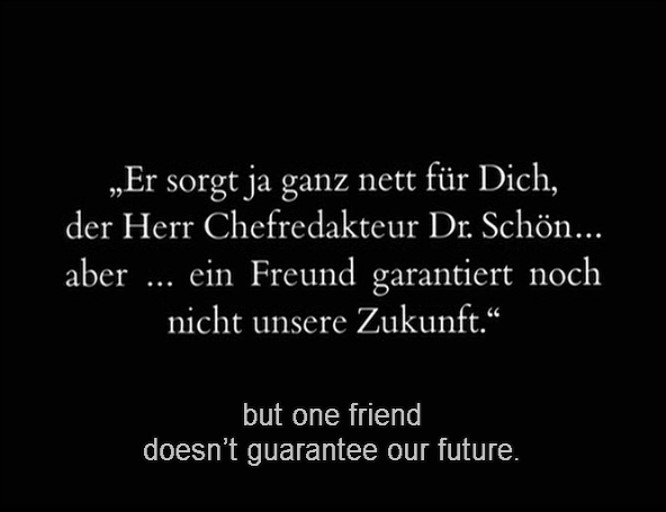 |
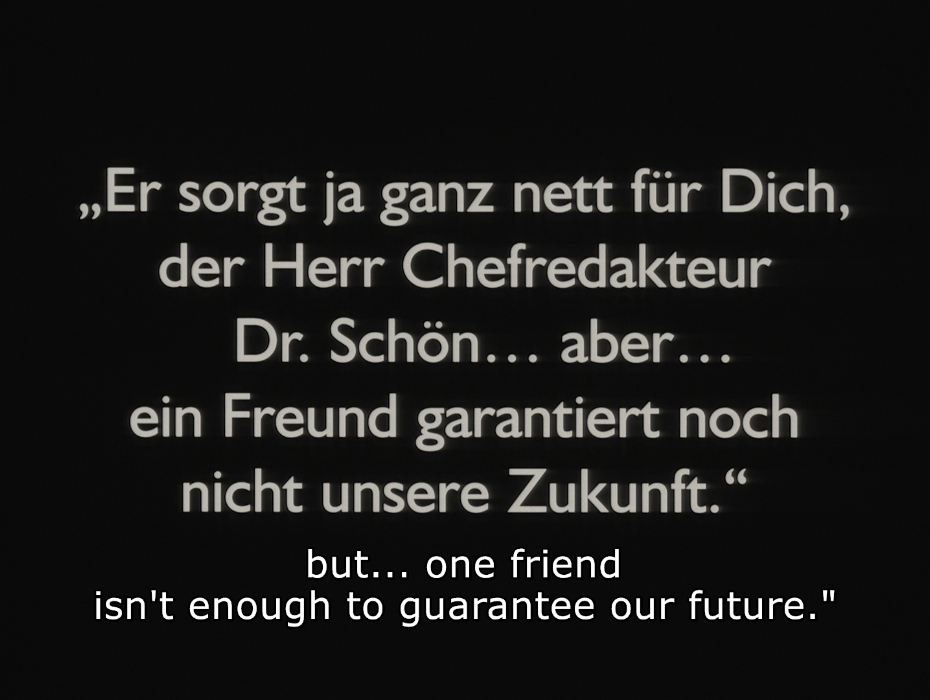 |
 |
|
1) Second Sight - Region 0 - PAL TOP2) Masters of Cinema - Region 'B' - Blu-ray MIDDLE 3) Criterion - Region 'A' - Blu-ray BOTTOM |
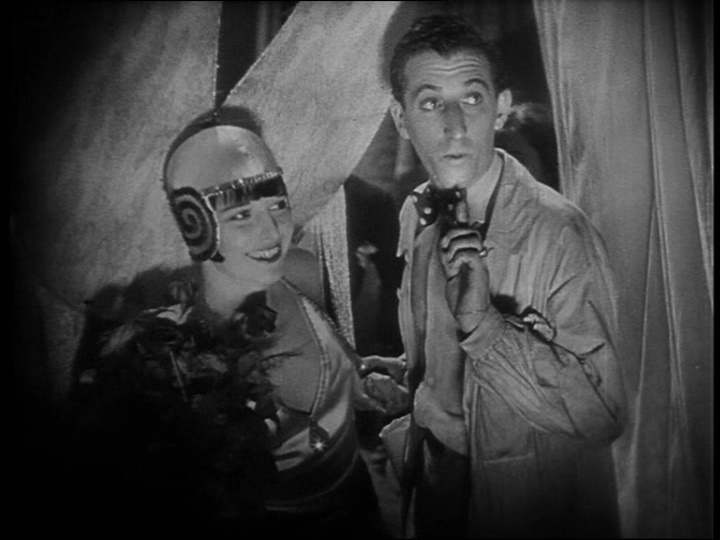 |
 |
|
1) Criterion (2-disc) - Region 1 - NTSC TOP2) Masters of Cinema - Region 'B' - Blu-ray MIDDLE 3) Criterion - Region 'A' - Blu-ray BOTTOM |
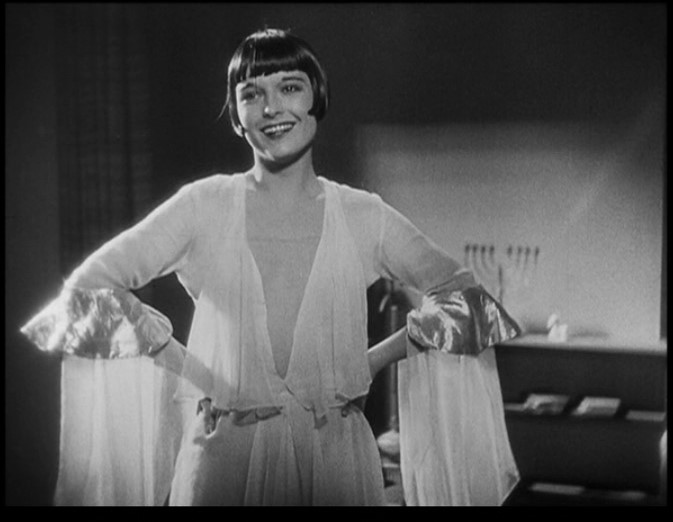 |
 |
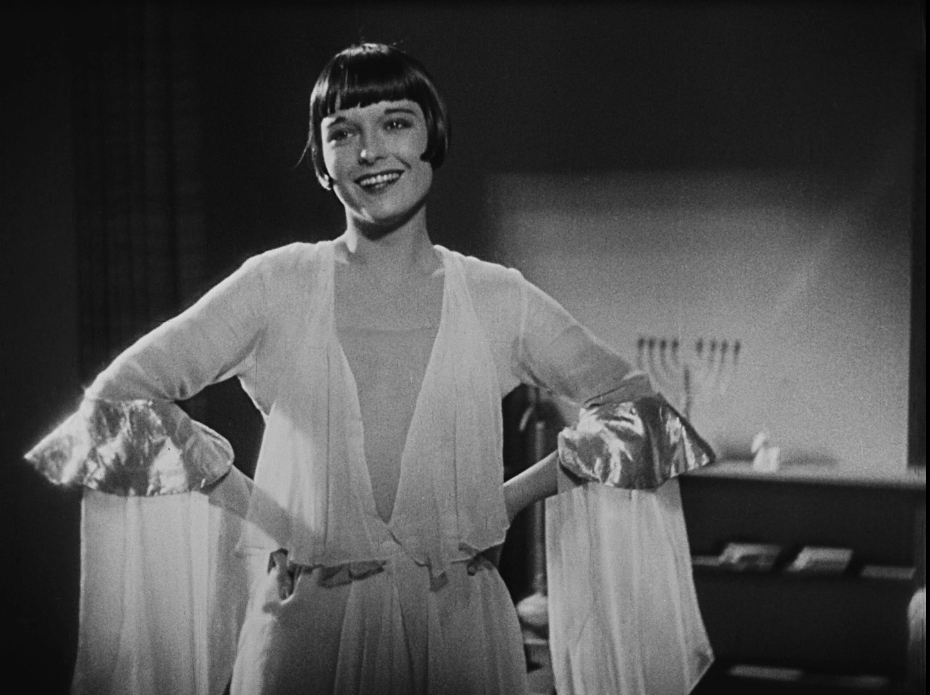 |
|
1) Criterion (2-disc) - Region 1 - NTSC TOP2) Masters of Cinema - Region 'B' - Blu-ray MIDDLE 3) Criterion - Region 'A' - Blu-ray BOTTOM |
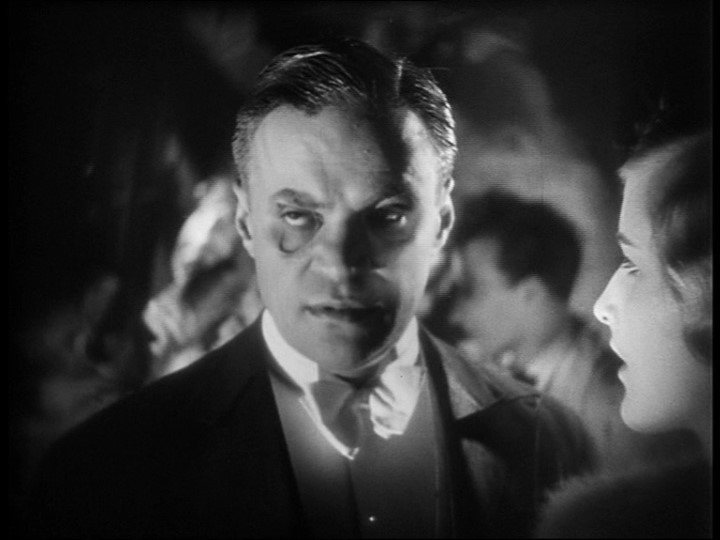 |
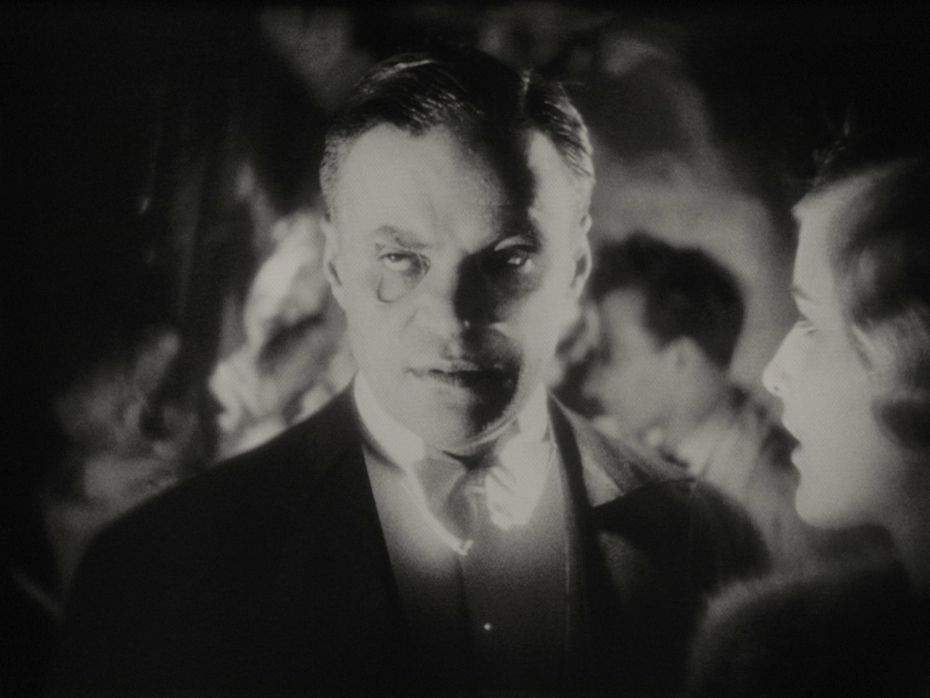 |
 |
|
1) Criterion (2-disc) - Region 1 - NTSC TOP2) Masters of Cinema - Region 'B' - Blu-ray MIDDLE 3) Criterion - Region 'A' - Blu-ray BOTTOM |
 |
More full resolution (1920 X 1080) MoC Blu-ray Captures for DVDBeaver Patreon Supporters HERE
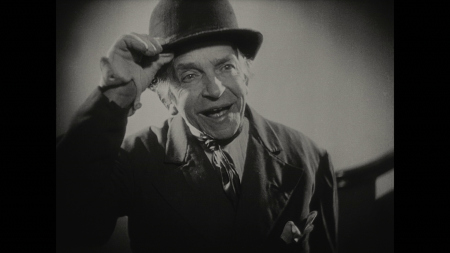 |
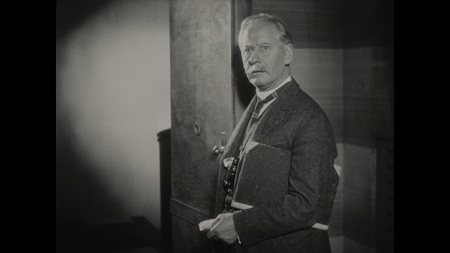 |
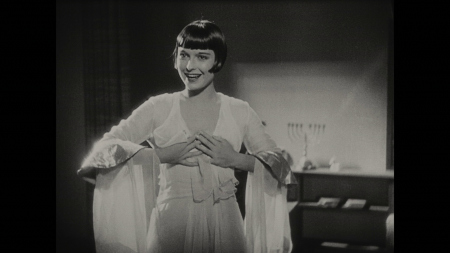 |
 |
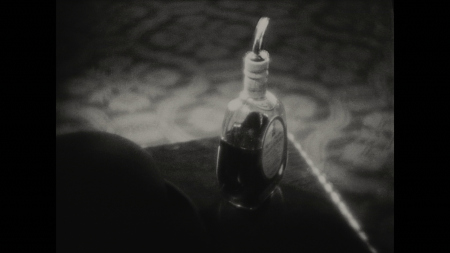 |
 |
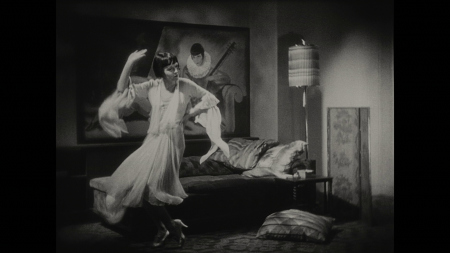 |
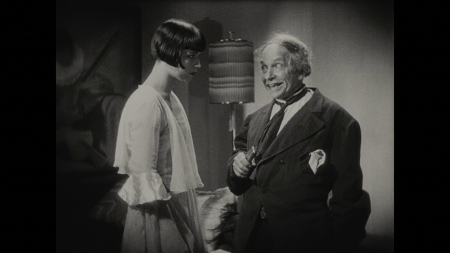 |
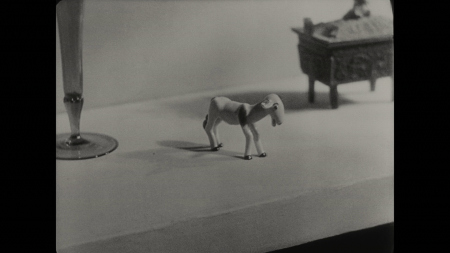 |
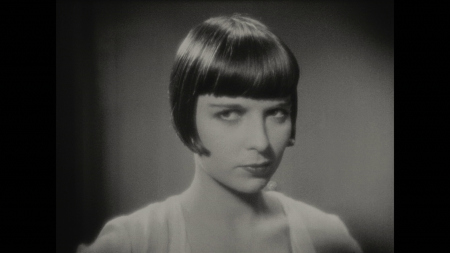 |
 |
 |
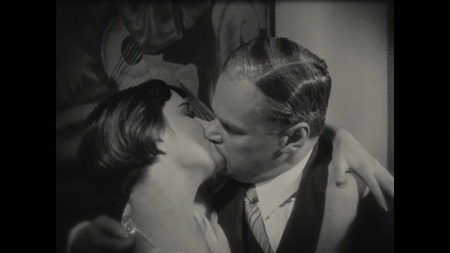 |
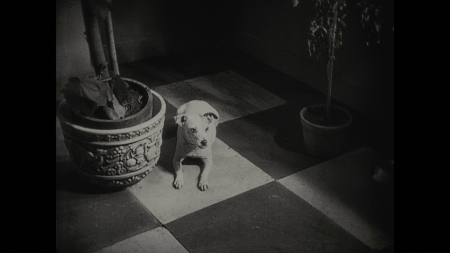 |
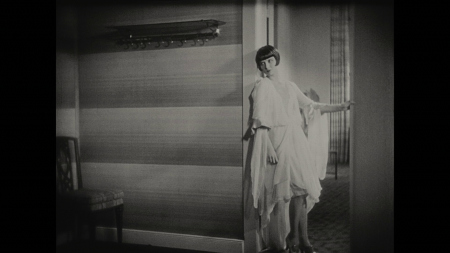 |
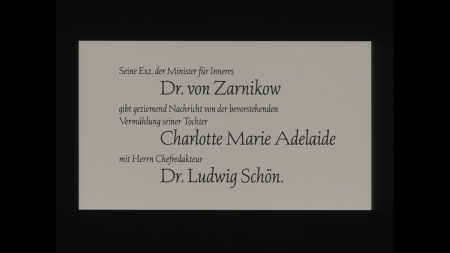 |
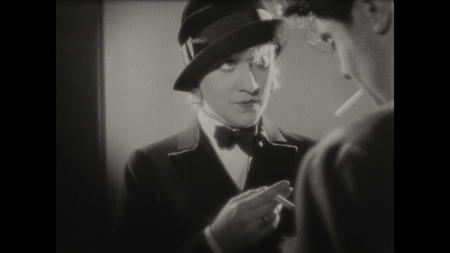 |
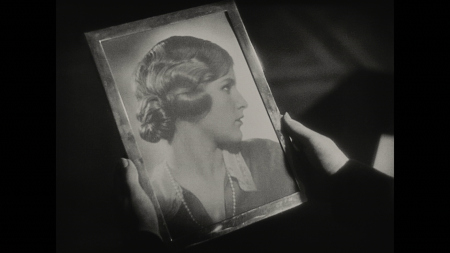 |
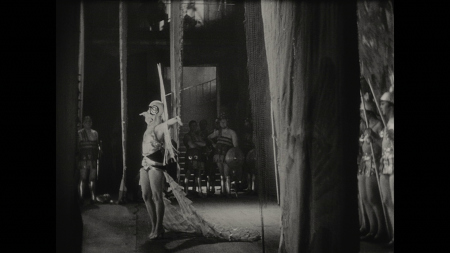 |
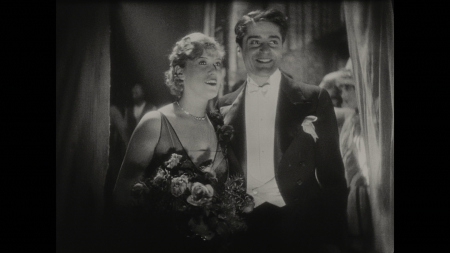 |
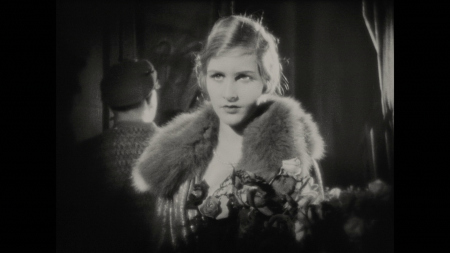 |
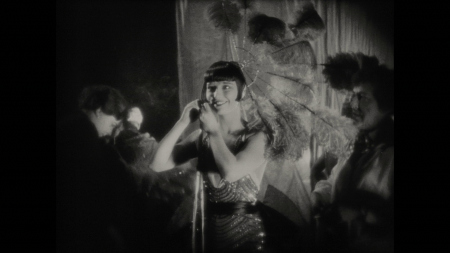 |
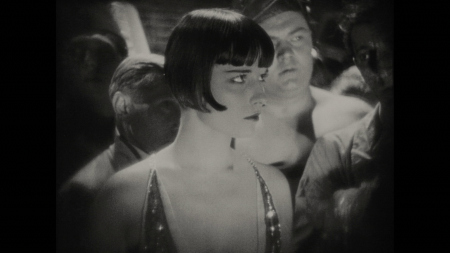 |
 |
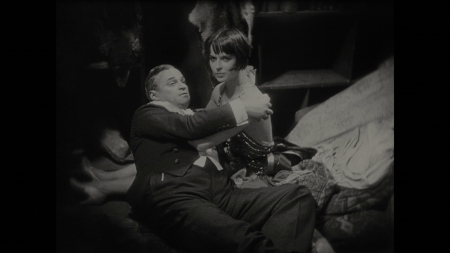 |
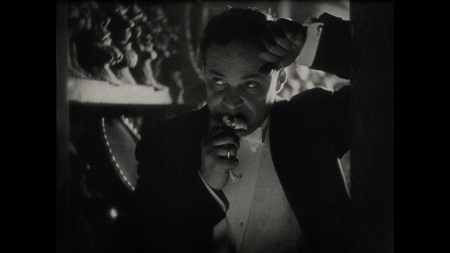 |
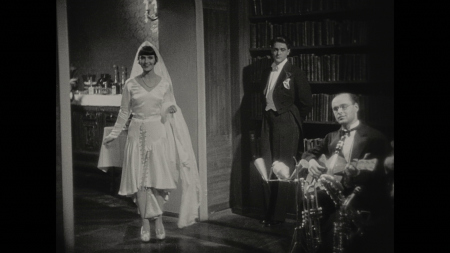 |
 |
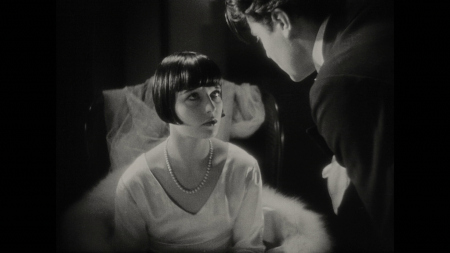 |
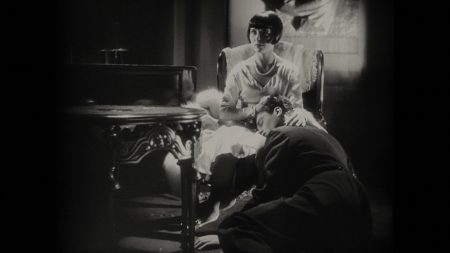 |
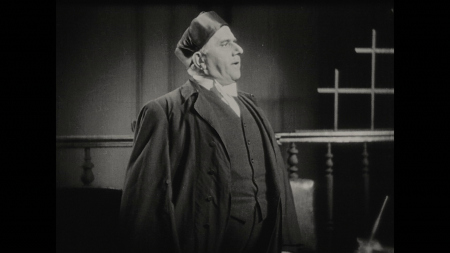 |
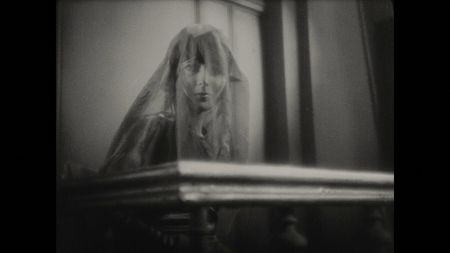 |
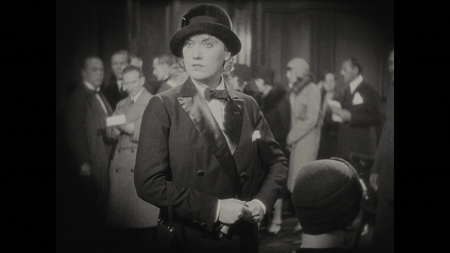 |
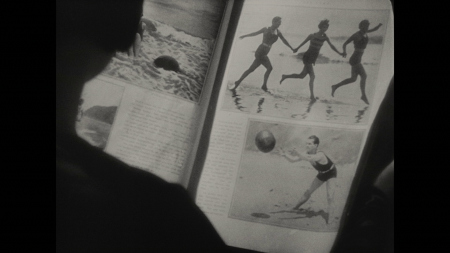 |
 |
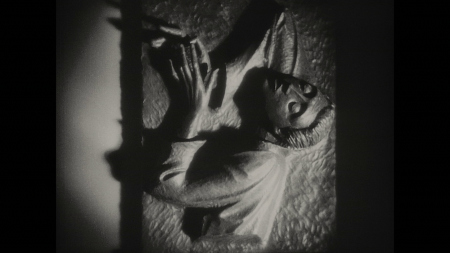 |
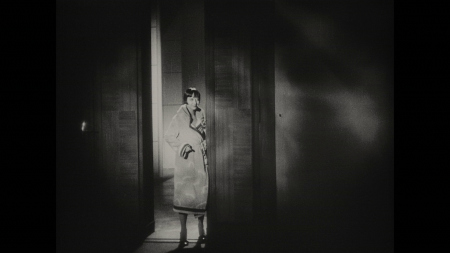 |
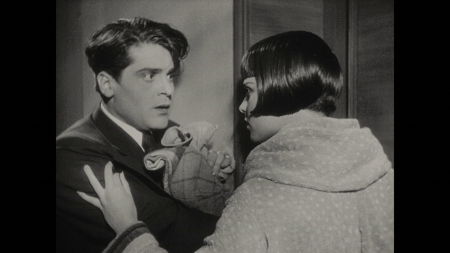 |
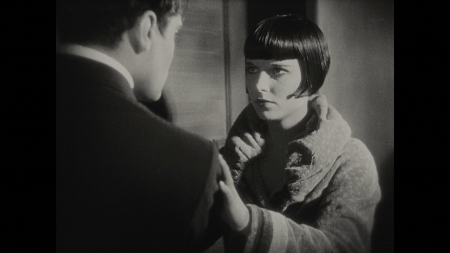 |
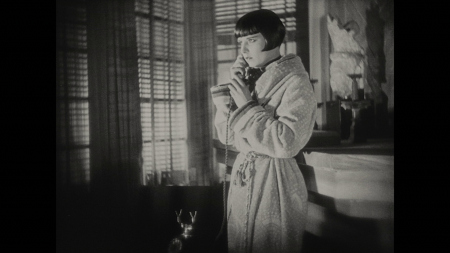 |
 |
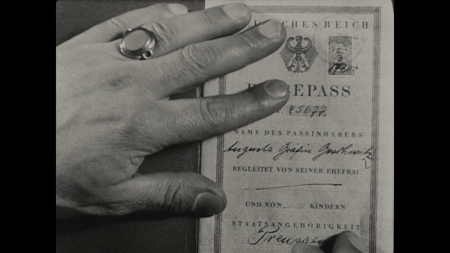 |
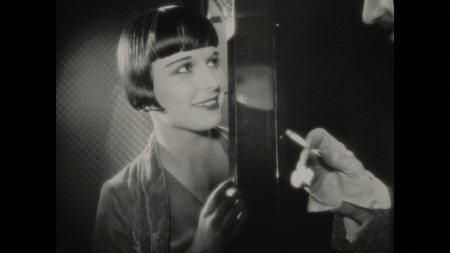 |
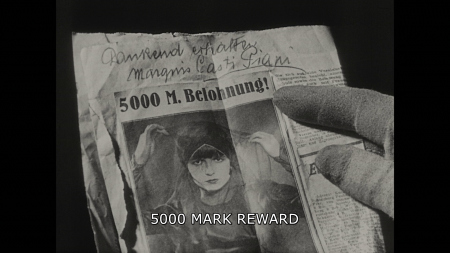 |
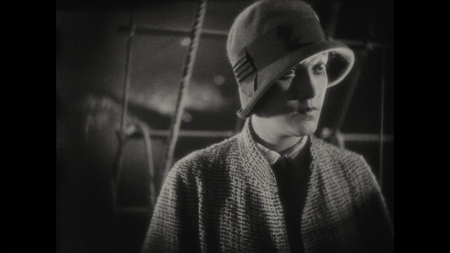 |
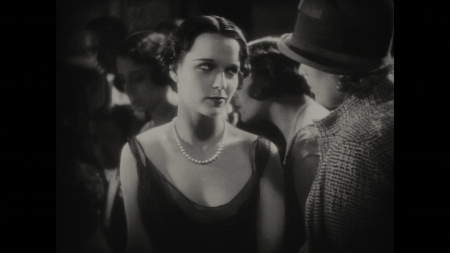 |
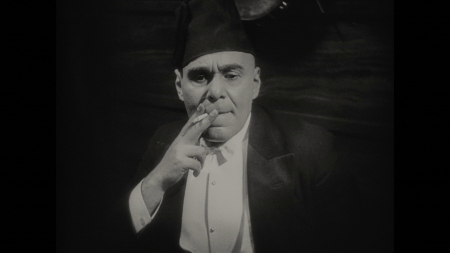 |
 |
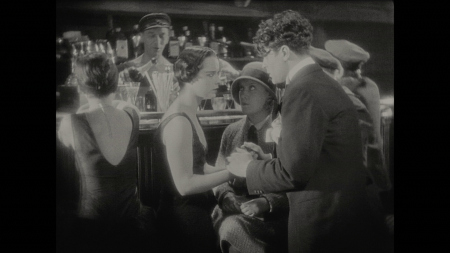 |
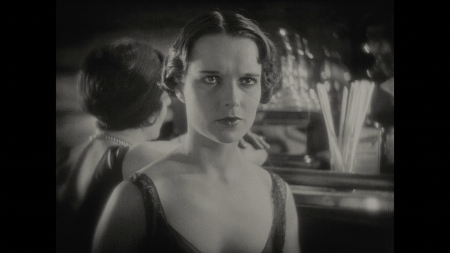 |
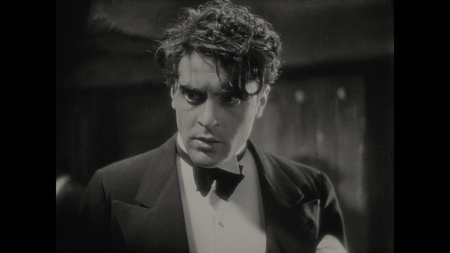 |
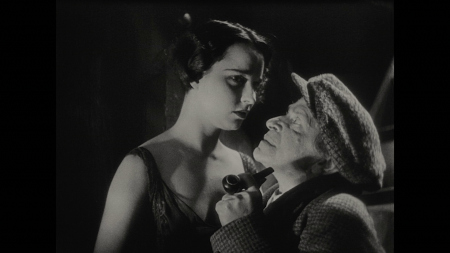 |
 |
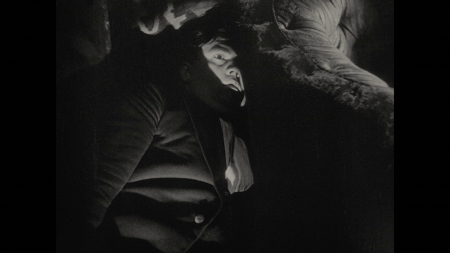 |
 |
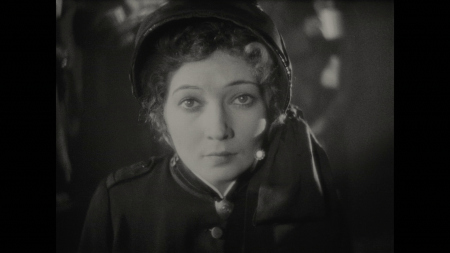 |
 |
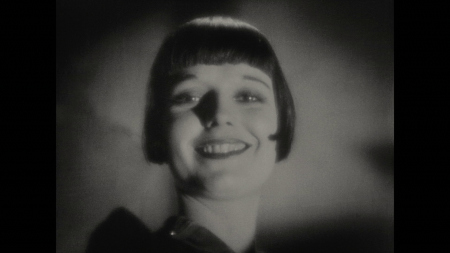 |
| Box Cover |
|
|
|
Re-issued on Blu-ray by BFI in September 2024: Bonus Captures: |
Bonus Captures:
|
|
| Distribution | Masters of Cinema Spine #280 - Region 'B' - Blu-ray | Criterion Spine #358 - Region 'A' - Blu-ray |
![]()
![]()

![]()
![]()
|
Search DVDBeaver |
S E A R C H D V D B e a v e r |



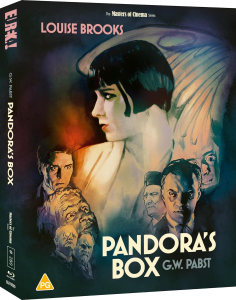

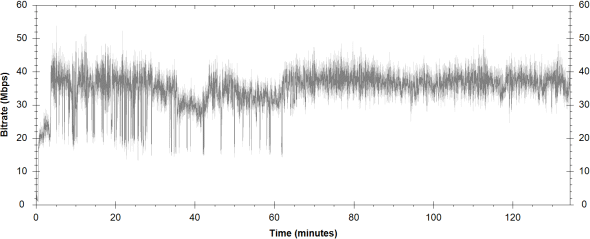


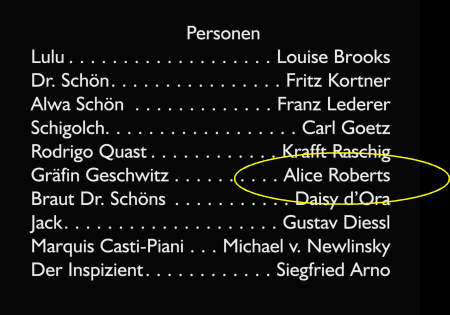
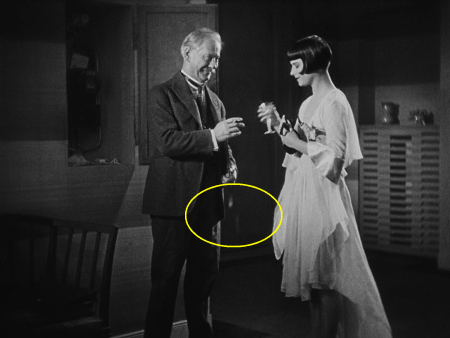

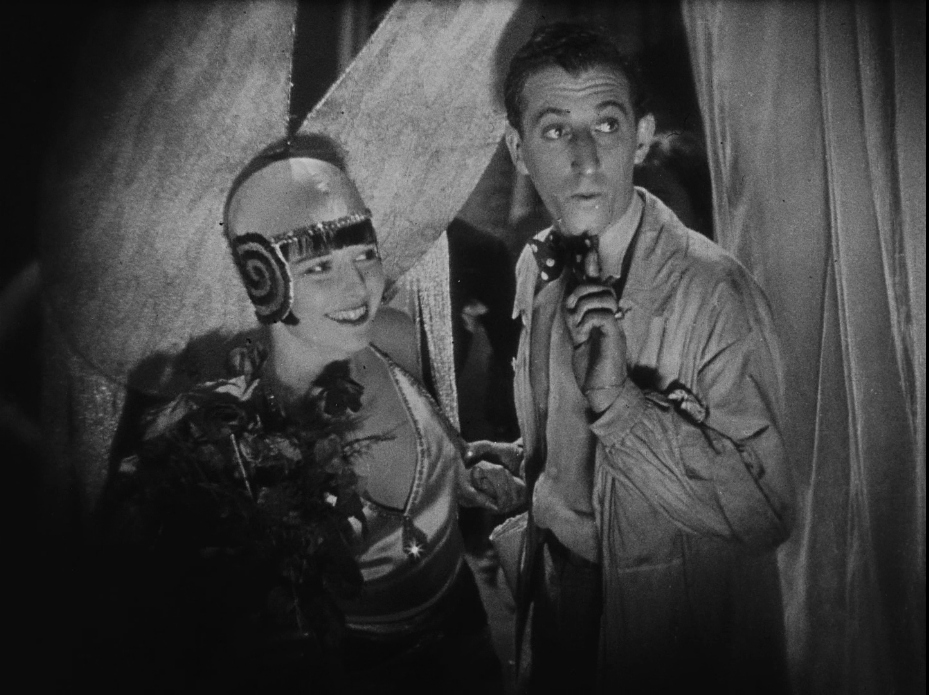
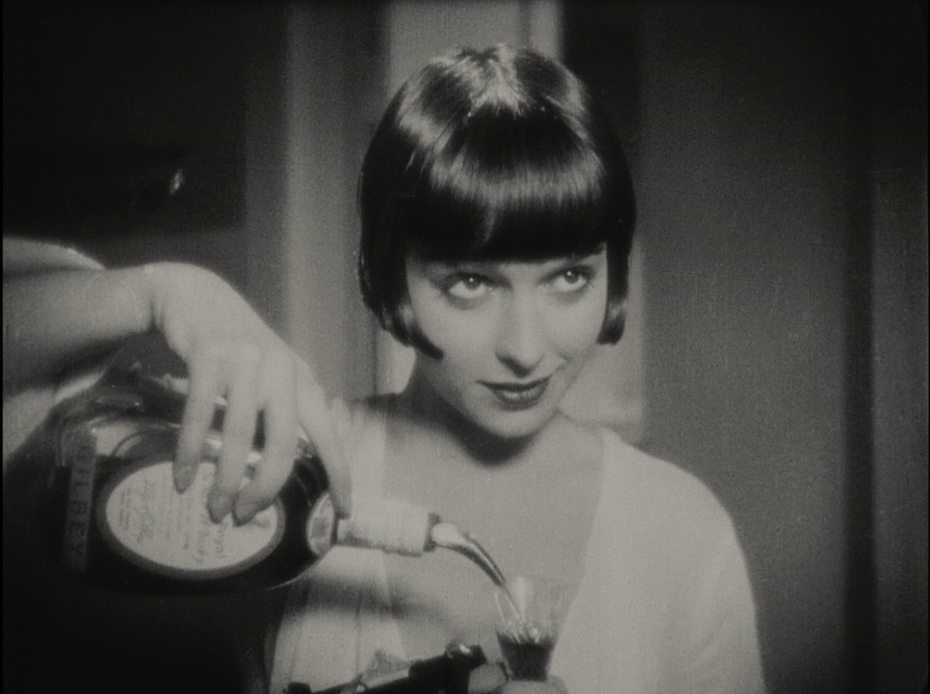
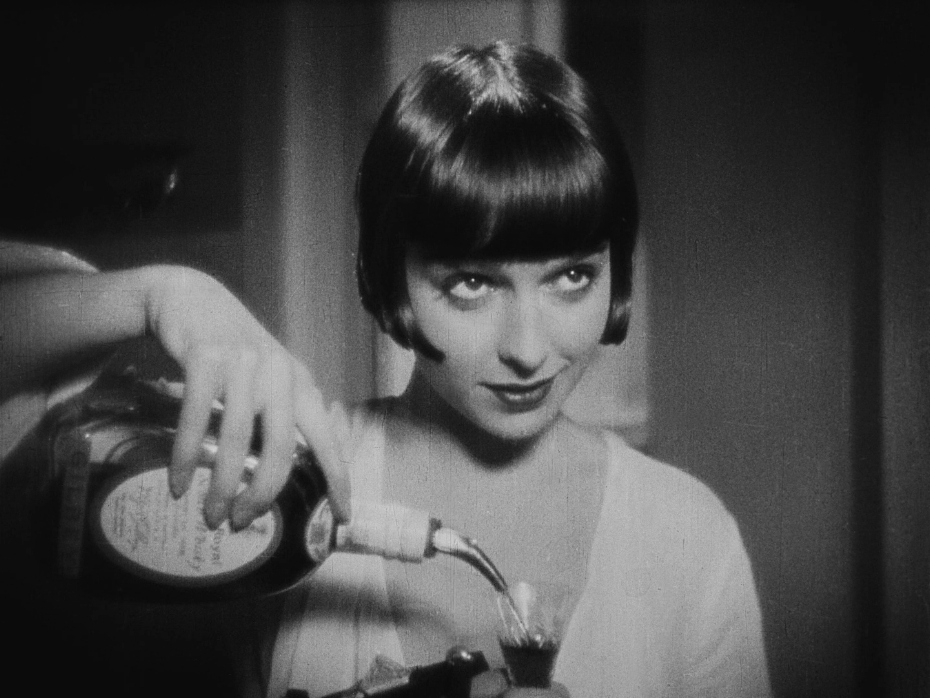
.jpg)




